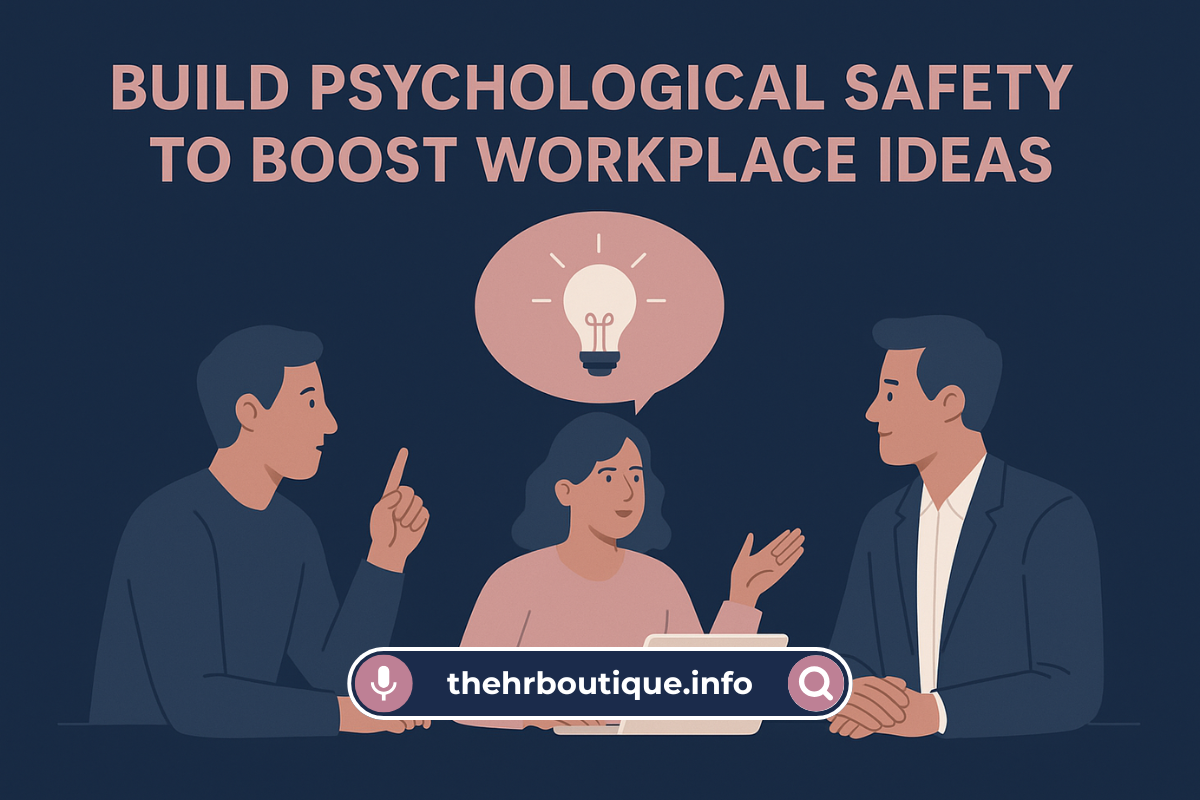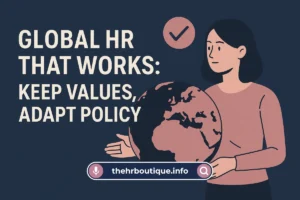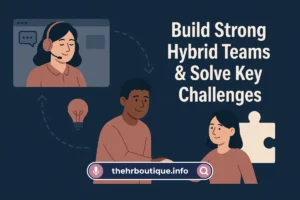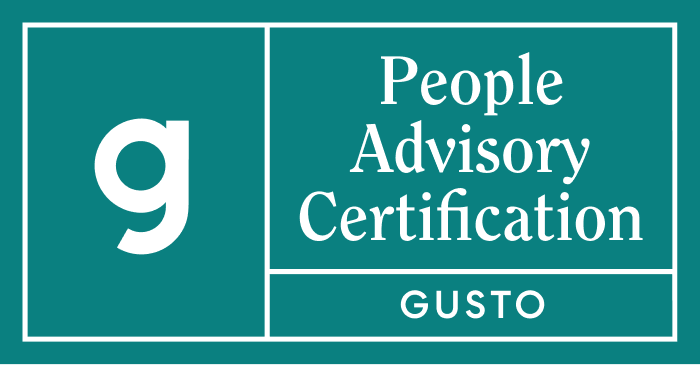Let me share something personal. Early in my HR career, I worked at a company where innovation was the buzzword of the month. Leadership plastered posters about “thinking outside the box” everywhere. But here’s what really happened:
Sarah, a sharp mid-level manager, proposed a new client onboarding process that could save hundreds of hours. Her director’s response? “We’ve always done it this way.” Six months later, a competitor implemented almost the exact same idea—and won an industry award for innovation.
That moment changed how I view HR’s role in fostering innovation. It’s not about foosball tables or hackathons. Real innovation happens when people feel safe enough to say what everyone else is thinking but no one dares to voice.
The Dirty Little Secret About Workplace Ideas
Here’s the uncomfortable truth: most organizations are sitting on a goldmine of untapped ideas because:
- 60% of employees say they’ve held back suggestions at work (Harvard Business Review).
- The average meeting has 3-4 people doing 70% of the talking (University of Washington study).
- 85% of executives admit their teams struggle with honest dialogue (PwC survey).
I’ve sat through enough employee exit interviews to know—when people leave, they often share brilliant ideas they never felt safe to propose while employed.
What Psychological Safety Really Looks Like in Action?
At my last company, we had an engineer named Mark who barely spoke in meetings. Then we tried something simple: we started ending every session with “What’s one thing no one has said yet that we should consider?”
The first time, silence. Then Mark spoke up: “The entire architecture we’re discussing won’t scale past 12 months.” Turns out he was right—and saved us from a $3M mistake.
This is psychological safety—not touchy-feely “every idea is great” nonsense, but creating space where the quietest voice with the best insight can be heard.
HR’s Practical Playbook for Building Idea-Friendly Cultures
1. Kill the “But We’ve Always…” Mentality
I once coached a retail chain where store managers had to get 5 levels of approval to move a display table 3 feet. The result? Competitors outmaneuvered them constantly.
What worked:
- Created “Yes, If” guidelines instead of “No, Because” policies.
- Gave frontline teams small “test budgets” to try improvements.
- Celebrated when experiments failed fast and cheap.
Within a quarter, they implemented 37 store-level innovations that boosted sales.
2. Make Meetings Actually Useful
If your meetings look like this—the same 3 people talking while others check emails—try these tweaks:
Tactic: “Silent Start” Meetings
- First 10 minutes: Everyone writes ideas independently.
- Then share round-robin (no interruptions allowed).
- Last 5 minutes: “What’s the risky idea we’re avoiding?”
At a healthcare client, this surfaced a billing innovation that reduced denials by 22%.
3. Train Managers to Stop Idea-Killing
The most common (and well-intentioned) innovation killers:
- “Let’s circle back on that” (Translation: Never).
- “We tried that in 2012” (Ignoring changed circumstances).
- “Interesting, but…” (Dismissal disguised as praise).
Our manager training includes:
- The “Yes, And” improv technique.
- Mandatory “idea follow-up” commitments.
- Role-playing receiving terrible ideas gracefully.
4. Create Safe Ways to Challenge Leadership
At a manufacturing firm, we implemented “Anonymous Ask the CEO” sessions. The first one revealed a safety concern leadership had missed for months.
Other effective approaches:
- Reverse mentoring programs.
- “Skip-level” innovation jams.
- “Red Team” assignments to poke holes in plans.
5. Measure What Matters
Stop tracking just “ideas submitted.” Start measuring:
- Time from idea to implementation.
- Percentage of employees contributing ideas.
- Number of ideas from frontline staff.
One client tied 20% of manager bonuses to these metrics—idea diversity tripled in 6 months.
The Hardest Part (That Nobody Talks About)
Creating psychological safety requires tolerating more discomfort, not less. You’ll hear things you don’t want to hear. People will challenge sacred cows. Meetings will get messier before they get more productive.
But here’s what I’ve learned across dozens of culture transformations: the organizations that embrace this discomfort get rewarded with:
- 50% higher employee retention (LinkedIn).
- 3x more market innovations (Boston Consulting Group).
- 12% higher productivity (Gallup).
Your Monday Morning Action Plan
- Find your “Sarah” – Identify one quiet, high-potential employee. Ask: “What’s one change you’d make if you knew you wouldn’t be judged?”
- Fix one broken process – Take the stupidest policy in your org and create a “challenge this” campaign.
- Celebrate a failure – Publicly share a lesson from something that didn’t work.
The best ideas in your company aren’t missing—they’re trapped in people’s heads. HR’s real job? Building the cultural conditions where those ideas can escape.
What’s the best (or worst) idea you never shared at work? I’d love to hear your stories in the comments.





